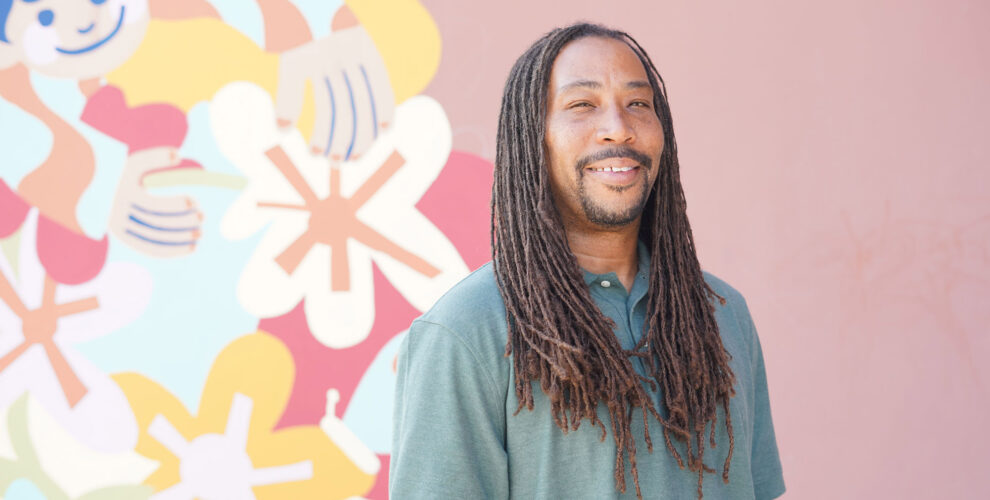More children ages 5 to 14 sustain injuries and go to emergency rooms after biking than with any other sport. Following these guidelines will help to ensure your child is as safe as he or she can be when riding.
All about the Bike
When selecting a bike with your child, choose one that fits, not one he or she will grow into. (This goes for helmets, too!) The child’s feet should be able to touch the ground while sitting on the seat.
Bike Checklist
- Check your child’s brakes to make sure they work well.
- Check and oil the chain regularly.
- Check the tires to make sure they have the right amount of pressure.
- Check that your child’s seat, handlebars, and wheels all fit tightly.
Heed the Helmet
A helmet is “the single most effective safety device available to reduce head injury and death from bicycle crashes,” according to Safe Kids Worldwide. When it’s been proven to reduce the risk of severe brain injuries by 88 percent, why would you not make sure your child wears one?
- Any helmet you buy should have a sticker declaring that it meets the standards of the Consumer Product Safety Commission (CPSC).
- Your child should never wear a hat under the helmet.
- Make sure he or she wears a helmet every ride, even if it’s short! This includes other wheeled sports activities, too, such as riding a scooter, roller skating, or in-line skating.
- Your child’s helmet should fit properly – not too big or too small. For more information on helmet fitting, visit Safekids.org.
Appropriate Clothing
- Before your child takes off, make sure he or she is not wearing anything that will get caught in the bike chain, such as shoelaces or loose pant legs.
- Tennis shoes or sneakers are the safest shoes that will better enable your child to grip the pedals. It is never a good idea to ride barefoot.
- Your child should wear bright clothing and should have reflectors on the bike to stand out to motorists.
Rules of the Road
Whether you live in a quiet cul-de-sac or on a bustling city street, it is crucial that you instruct your child in the rules of the road.
- Daytime riding is the safest. Avoid riding at night.
- Always stop and check for traffic in both directions.
- Ride with the traffic flow, not against it, and follow traffic rules.
- Ride on the right-hand side of the street, and use bike lanes where possible.
- Make eye contact with drivers.
- Make your own decisions; don’t just follow your friends.
- Look out for hazards like broken glass, potholes, and dogs.
- Learn biking hand signals and language.
- Call out “Excuse me,” or “On your left!” when passing pedestrians.
- Hold up your hand to signify turns to cars and other bikers.
The most important thing you can do as a parent is to be a good example for your child and practice what you preach. Wear a helmet when you’re biking. Follow traffic rules, whether you’re on a bike or in a car. Show respect and caution on the road at all times. And, most importantly, have fun!
Describe your favorite bike route with your child? What do you like most about the ride?
“Bike Safety Tips.” Safe Kids Worldwide. Children’s National Medical Center, n.d. Web. 4 Jun 2013. <http://www.safekids.org/tip/bike-safety-tips>.
Cronan, Kate, M., ed. “Bike Safety.” Kidshealth.org. The Nemours Foundation, n.d. Web. 4 Jun 2013. <http://kidshealth.org/kid/watch/out/bike_safety.html
“Kids and Bicycle Safety.” National Highway Traffic Safety Administration. National Highway Traffic Safety Administration, n.d. Web. 4 Jun 2013. <http://www.nhtsa.gov/people/injury/pedbimot/bike/kidsandbikesafetyweb/>.
Mozer, David. “Teaching Children Bicycle Safety.” ibike.org. International Bicycle Fund, n.d. Web. 4 Jun 2013. <http://www.ibike.org/education/safety-kids.htm>.



Leave a Reply